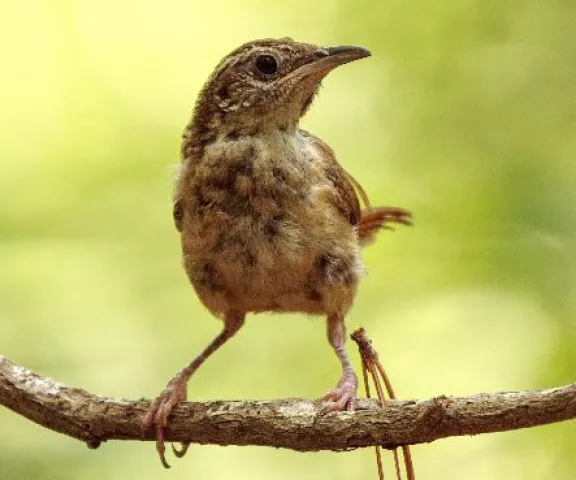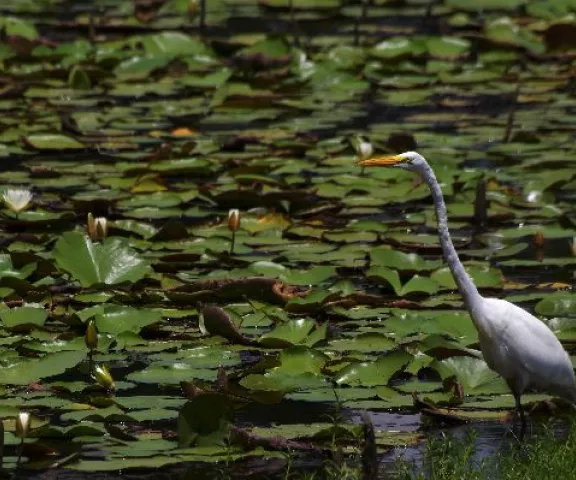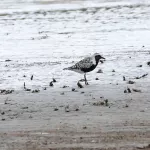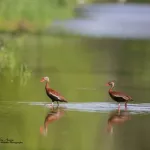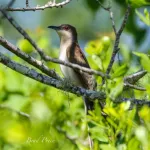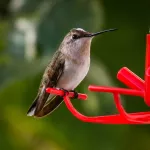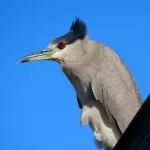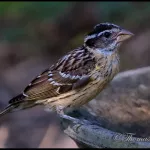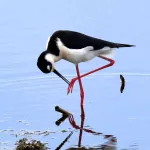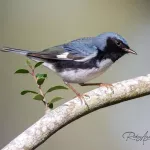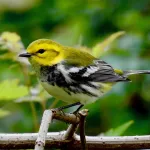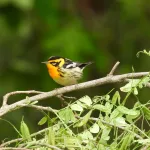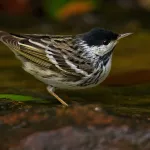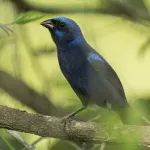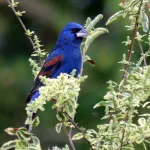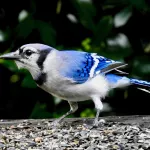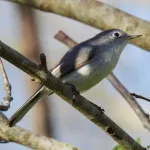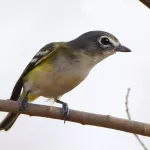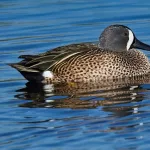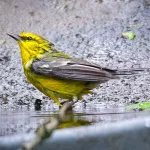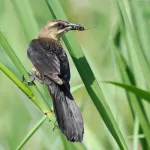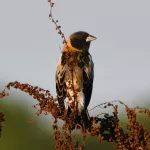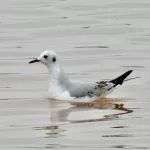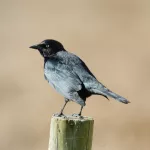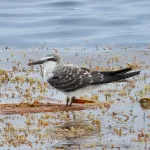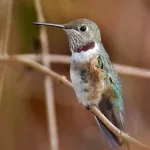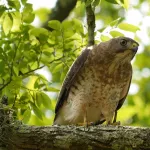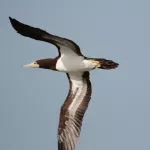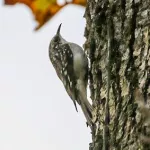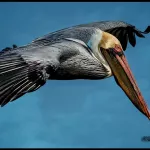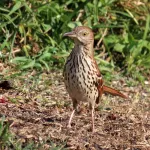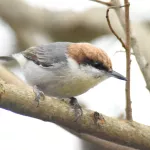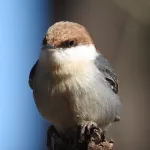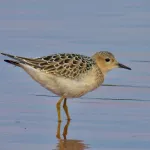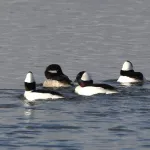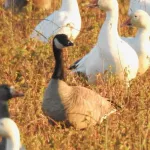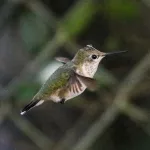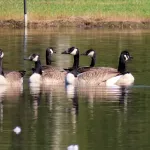This 50-acre site was once an open-cast gravel mine. Now, it’s a verdant and thriving, well-forested area with a diverse plant and animal community. Two of the three ponds on the site are divided by a beaver dam that parallels its entire length by a steady boardwalk.
Black-bellied Whistling-Duck and Wood Duck breed here. Additional ducks, such as Mallards and Green-winged Teal, have been observed during the winter. Other recorded waterbirds include Pied-billed Grebe, Spotted and Solitary Sandpipers, Greater and Lesser Yellowlegs, and eight wading bird species, including Green Heron and Roseate Spoonbill. Belted Kingfisher has been recorded most months of the year.
Red-headed Woodpecker and Northern Flicker nest in forested areas, as do Eastern Kingbird and Red-eyed Vireo. Swainson's and Wood Thrush migrate here, and Hermit Thrush is a regular winter visitor. In thickets and grassy areas, look for Chipping, Field, White-crowned, White-throated, Savannah, and Song Sparrows, especially during winter and early spring. Twenty-two warbler species have been recorded here, as have Baltimore Oriole, Summer and Scarlet Tanagers, and Indigo and Painted Buntings. In all, 136 species have been spotted at this site.
Restoration Park has 1.25 miles of well-maintained hiking trails, portions of which are handicapped-accessible. Several observation decks afford fine views over the ponds. Wheelchair access is from the Downing Pines entrance. Additional amenities include paved parking (multiple entrances), restrooms, and drinking fountains. This site is used by birders, hikers, joggers, and nature photographers.
